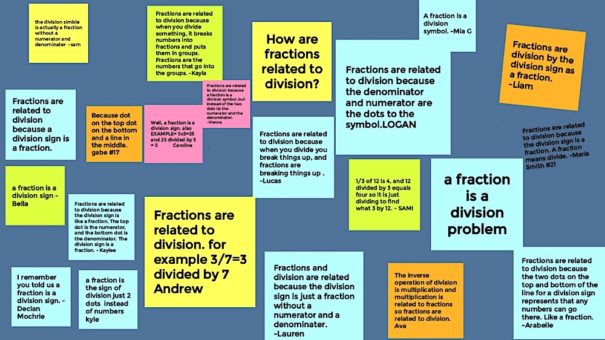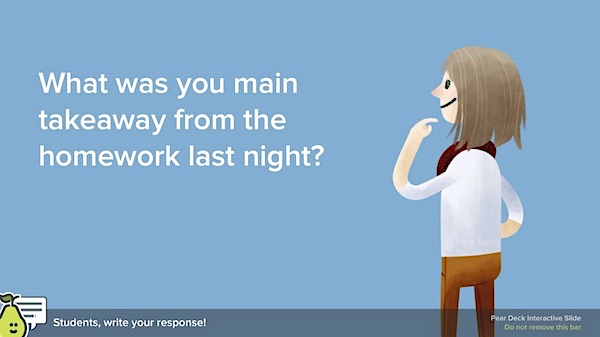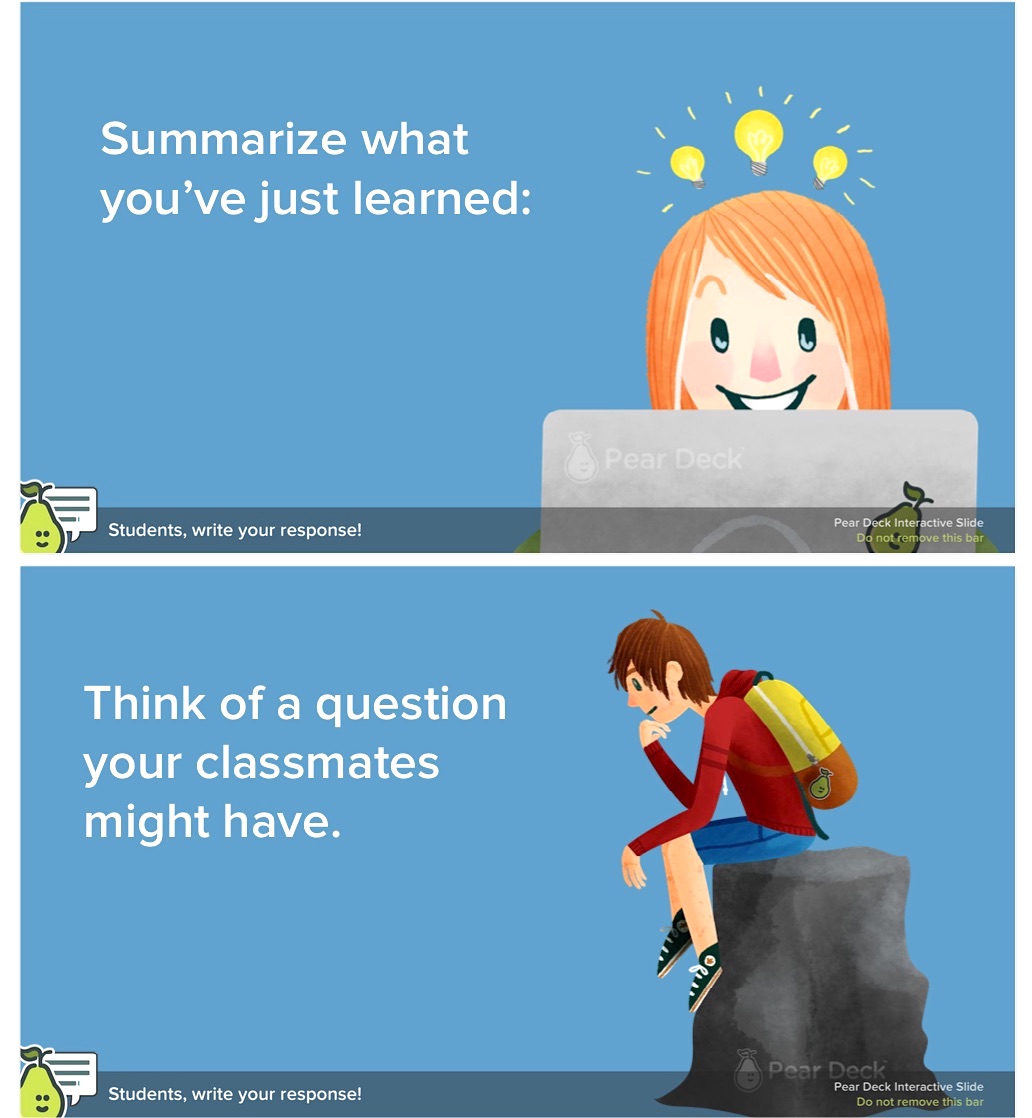How I’m Shaking Up My Daily Math Lessons
I have written about my belief that teaching math is a science, and part of this science is to understand the individual learning preferences that make up the class.
Of course the basic elements of a math class may include whole class instruction, small group, guided practice, and discussions. As a wrap up, homework is generally assigned and an “exit ticket” with a problem or question from the lesson may be given to assess students’ understanding.
While all of these steps are basic elements of a structured math lesson, are all students truly engaged? Recently I have been shaking up my math class to incorporate a few more instructional strategies in an effort to provide more diversified ways to engage learners and increase participation.
My Math Engagement Moves
Student prep
The daily items that my students need to be ready for math class include having a charged Chromebook; getting an individual whiteboard, dry-erase marker, and an eraser from the front of the classroom; and having a sharpened pencil and their textbook. Having all items ready to go speeds things along and helps the lesson run smoothly.
The Jamboard launch
I begin class by posting a Jamboard with an essential question to elicit students’ prior knowledge and provide a mindset for the math lesson. There are many uses for a Jamboard in all subject areas, and in math it’s a way to jumpstart our math discussion by having each student post a ‘sticky’ response. A moment’s glance lets me know about where we are in our understanding, both individually and as a group.
Using this technology also helps to engage students from the start of class and prompt them to participate right away. The completed Jamboard is also easy for me to keep in my Google Drive or download as a PDF to review in more detail later.
Productive struggle
Most math “textbook” programs have a digital component. Using the enVisions program, I project the “Solve and Share” portion of our lesson which is a problem that provides a “productive struggle” for students. Students use their individual whiteboard to show their work and their thinking. This is where the textbook may also be used for students who want to have the question on paper, highlighting key words and numbers to help solve.
Turn and talk
I like to have students turn and talk with each other, discussing the problem and then deciding on the best way to solve it. I circulate as the students have their productive discussions to listen in and offer guiding questions to any student who may seem less engaged.
Group share
After a few minutes, students hold up their boards demonstrating their understanding, and then pairs volunteer to share their thinking on the class interactive whiteboard. Individual whiteboards are also a great way for students to share their thoughts with the teacher without being called on in front of the class. And they are a great way to keep students engaged as the expectation is participation.
Pear Deck strategies
Finally, another digital tool that I have found valuable is the Google Slides add-on for Pear Deck. During my lesson planning I prepare a slide that asks students what their main takeaway was from the homework. This is a great way to review and answer any lingering questions or misconceptions.
Then I create two slides using Pear Deck as a “wrap up.” The first slide asks the students to summarize what they’ve just learned. The second slide asks the student to think about a question a friend may have about the lesson, using the “asking for a friend” approach. The information that these slides elicit is incredible. The questions students ask here may be used to begin the next lesson as a Jamboard question.
Building Comfort & Confidence
Incorporating different modes of instructional strategies in math class is a great way to ensure students are cognitively engaged. Student responses help to start productive discussions, and this helps students feel they have a voice in shaping what they learn.
Not only is the feedback I gather throughout the lesson important for future planning, it can be downloaded and saved for multiple uses, including student conferences and report cards.
Offering different tools in class also provides comfort to students and builds confidence. Having a mix of instructional tools and strategies is definitely a way to increase student engagement and participation, as well as to monitor understanding.
Kathleen Palmieri is a National Board Certified Teacher and NBCT Professional Learning facilitator. She is a middle grades educator in upstate New York who reviews and writes regularly for MiddleWeb. With a passion for math, literacy and learning in the classroom, Kathie participates in various writing workshops, curriculum writing endeavors, and math presentations. As a lifelong learner, she enjoys collaborating with colleagues and globally on Twitter @Kathie042500 and expanding and sharing her education adventures at www.kathleenpalmieri.com.





































